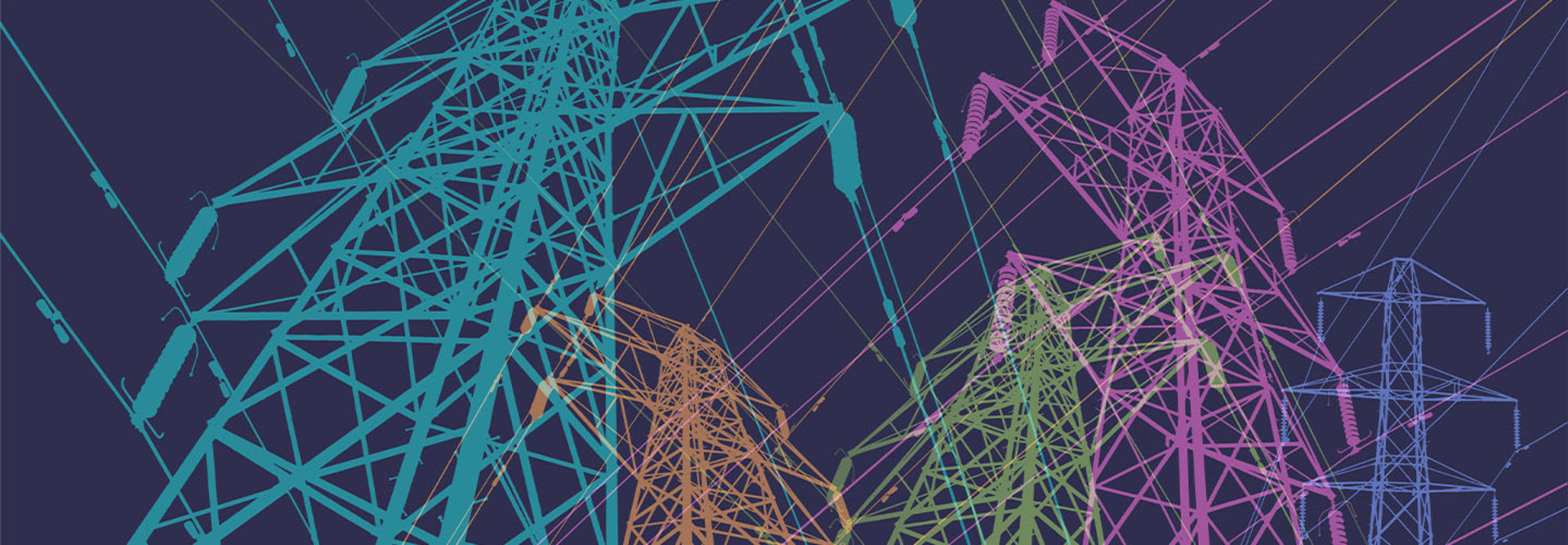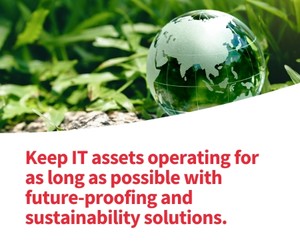Improve Grid Planning with AI Analytics
AI-driven solutions are enabling E&U companies to optimize grid planning. By analyzing vast amounts of data from smart meters, weather forecasts and historical usage patterns, AI can predict energy demand with great accuracy. This method of distributed energy resource adoption also prevents overloading and underutilizing the grid.
The U.S. Department of Energy is working on a project called the Grid Modernization Initiative, which helps to build a smarter grid. But an AI-powered grid doesn’t require a complete overhaul of what’s currently in place. It only requires that the grid be modernized, which is a must for the industry and a requisite for renewable energy.
“Grid modernization is everything,” Vince Digneo, head of sustainability, climate and clean energy at Palo Alto Networks tells BizTech. “What that means is being able to produce renewable energy in one region and deliver it to another with minimal loss, which I think is an important future case.”
Build a Smarter Grid for Renewable Energy
The U.S. is aiming to generate 44 percent of the country’s power from renewable resources by 2050. AI will play a critical role in integrating these resources into the existing grid. “Most of our electrical infrastructure is old,” Digneo says. “It’s not capable of handling, for example, a lot of solar that’s produced during the day and wind that’s running through the night and managing it in a way that provides renewable electricity at every moment throughout every day. The grid is simply not set up to handle that sort of thing.”
At Xcel Energy, the first major utility company in the U.S. to announce a goal of reaching net-zero emissions by 2050, AI is helping it reach that goal. “We significantly improved efficiency by automating processes that were in place for decades,” Tim O’Connor, Xcel’s chief operations officer, said in a McKinsey Digital case study.
In Xcel’s journey to net zero, AI algorithms have been able to predict output from renewable sources and adjust grid operations accordingly. This ensures a stable supply of energy that supports sustainability goals.
Click the banner to learn why sustainability matters and how technology can help.
Reduce Downtime with Predictive Maintenance
Similar to how AI uses predictive analytics to anticipate energy demand, it leverages predictive analytics and continuous equipment monitoring to predict maintenance needs. This is a shift from the often reactive approach of traditional maintenance, costly repairs and prolonged downtime, which benefits both providers and consumers.
AI is also helping IT leaders detect potential equipment or system failures and recommending maintenance options before problems escalate. A proactive maintenance solution reduces operational costs and minimizes service interruptions.
44%
The percentage of the nation’s power the U.S. aims to generate from renewable resources by 2050
Source: anl.gov, “Revolutionizing energy grid maintenance: How artificial intelligence is transforming the future,” May 28, 2024
Promote Energy Efficiency and Dynamic Pricing Models
AI can automatically facilitate dynamic pricing models, where energy costs are adjusted based on real-time demand and supply. AI-powered energy management systems also offer real-time insights into energy consumption patterns.
For consumers, this means personalized recommendations for reducing energy consumption, which in turn leads to lower utility bills. For providers, the data-driven recommendations can lead to optimized energy distribution and reduced output.
Automating these efforts only accelerates an organization’s sustainability. “Automation makes things more efficient,” Digneo says. “When you’re more efficient, you use less energy. When you use less energy, you have fewer emissions.”
“What sustainability is all about is, more than anything, making your business safer, secure, more resilient for the future,” he says. “When you approach it from that perspective, there’s a lot of money to be saved.”
UP NEXT: Energy and utilities solutions for a more secure and sustainable future.














